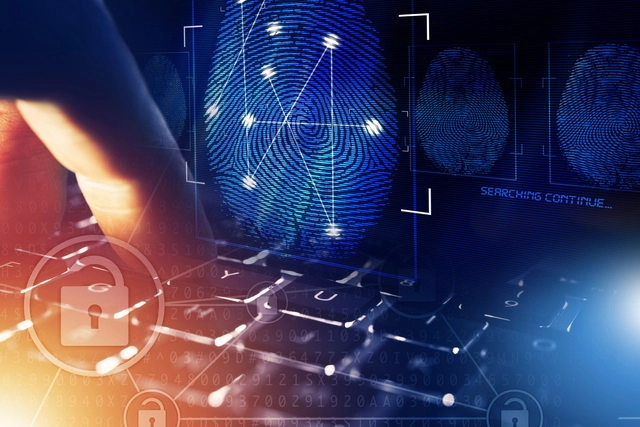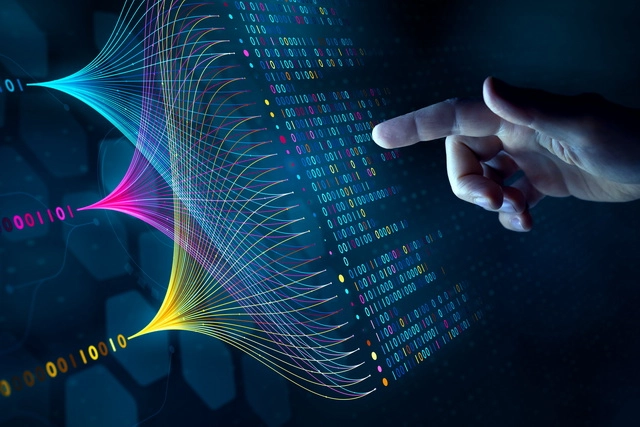Fortinet Acquires Next DLP Strengthens its Top-Tier Unified SASE Solution
Read the release
Many companies are taking advantage of the benefits of the software-as-a-service (SaaS) offerings from cloud service providers (CSPs). Organizations store sensitive and high-value data in SaaS applications, making adequate threat protection in the cloud ecosystem imperative.
Keeping SaaS data safe requires businesses to adopt a robust SaaS security posture management policy and implement it effectively.
In this article:

|
SaaS security posture refers to the ways an organization handles the security of its SaaS applications and the data those apps store and process. It is typically composed of multiple procedures, policies, and practices designed to work together to protect SaaS apps from threats.
Many of the cloud security techniques used to protect SaaS data are similar to those required to secure traditional data assets.
The following are some of the key components of a SaaS security posture.

Companies need to implement an effective SSPM solution to counter the risks to SaaS applications and data by threat actors. The use of SaaS apps to store and process business-critical information makes them attractive targets for data exfiltration and other cyber attacks.
Organizations therefore need to take the security of SaaS applications seriously and manage all elements of their cloud security posture or risk being victimized by malicious actors.
Cloud applications are widely used to support a mobile workforce. Accessing company IT resources from home or other remote locations introduces additional security concerns, raising the stakes by expanding the attack surface and presenting more targets for malicious threat actors. It also increases the possibility of accidental data handling errors resulting in data leaks.
Threats often take the form of malicious external entities. They can also manifest themselves as malicious or accidental insider threats, which can complicate effectively implementing SSPM. Employing advanced technology like a data loss prevention platform can be instrumental in managing SaaS security posture.

SaaS data loss prevention (DLP) solutions can be an integral part of an effective SSPM initiative, as the software can automatically mitigate SaaS security risks by enforcing organizational data handling policies. A major benefit of incorporating a DLP solution into your SSPM is that the software addresses both accidental data leaks and deliberate, malicious data breaches.
The Reveal Platform by Next is an advanced cloud-native and multi-tenant DLP platform designed to provide immediate visibility into data resources. Next-gen agents deliver machine learning to the endpoint and identify anomalous user behavior that can indicate security policy violations.
The tool also offers user training at the point of risk, with informative messages that advise the individual regarding policy violations as it restricts prohibited activity.
Reveal addresses multiple aspects of SSPM including automating policy enforcement and providing user training that emphasizes the safe use of SaaS data. Schedule a demo today and see how Reveal can improve your SaaS security posture management.

The responsibility for ensuring the security of the SaaS applications is shared by the cloud vendor and the customer. Cloud service providers are responsible for securing the application itself and the infrastructure components it uses. The customer is responsible for protecting their data by ensuring all elements of their SaaS security posture are managed efficiently.
User training is important in SaaS security posture management to ensure everyone understands how business data can be used safely and securely. Training can take various forms that complement each other and contribute to a more security-conscious workforce. Examples include training focused on correct data handling and education regarding new types of cyberattacks.
Shadow IT is the use of unauthorized cloud applications by employees to perform some of their job-related activities. These applications may not be configured correctly or be subjected to the same level of security as approved solutions. As such, shadow IT apps can be used by malicious insiders to exfiltrate valuable company data.

Blog

Blog

Blog

Blog

Resources

Resources

Resources

Resources

